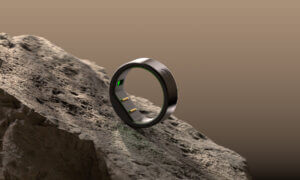Stripping devices to their bare essentials is manufacturers’ favorite “pastime”. Reducing the thickness of a device, its weight and bezels are clear proof of that. But that’s not all. Engineers are working around the clock to make hardware consume as little power at it possibly can, while remaining highly effective. More recently, scientists had a breakthrough with a temperature sensor that can run on little, almost no power #hardwaremagic
Researchers at UC San Diego has developed a sensor that consumes just 113 picowatts, meaning 10 billion times less power than a watt! In layman terms, this gear “could potentially run for years on just a tiny battery”.
How did they accomplish that? The team realized they could significantly reduce power in two areas. One was the current source. They actually took advantage of “gate leakage” (the moment when electrons manage to get past the gates put in place by transistors) to power the sensor. This translated in one of the lowest power current sources we’ve heard about. Then, they turned down the dial of the power that converts temperature to digital readout.
In the end, the UC San Diego hardware used 628 times less power than what you can expect from top-notch sensors. The only caveat is the slight delay in readouts. But, researchers argued, if it was used to pick up readings from the human body, it wouldn’t be much of an inconvenience since those temperatures change rarely.
The team believes that a sensor like theirs, with a temp range of -4 – 104°F, would work perfectly in wearables, as well as home systems.
Follow TechTheLead on Google News to get the news first.























